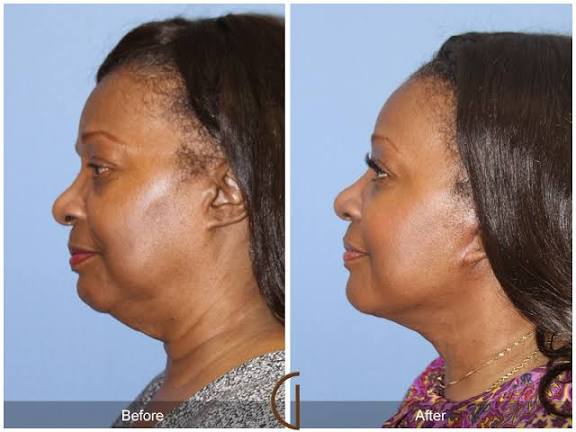The facelift, once seen as the final, drastic step in the world of cosmetic enhancement is quietly making a comeback. In an era where filters can smooth a selfie in seconds and injectable fillers promise instant rejuvenation, more people are opting for the scalpel. But what’s driving this renewed appetite for such an invasive procedure?
Figures from Aesthetic Plastic Surgeons (BAAPS) show an 8% rise in facelifts over the past year in many parts. Though the organisation doesn’t specify the age groups, surgeons report that the demographic is shifting — increasingly, it’s Generation X, those between 45 and 60, booking consultations. Across the Atlantic, the American Society of Plastic Surgeons is seeing a similar trend.
Dr. Nora Nugent believes several factors are behind this shift. One major contributor, she notes, is the rise of weight-loss medications. “Losing weight so quickly on these drugs can leave a lot of excess skin,” she explains. “A facelift can help with that.” But the procedure has also evolved significantly. “Techniques have developed massively,” she adds. “A facelift no longer means risking that ‘wind tunnel’ effect we saw many years ago.”
Despite the advances, Nugent warns that a facelift remains a major surgical operation. It should only be performed by a specialist plastic surgeon in a properly equipped, registered facility. The procedure involves lifting and tightening the underlying muscles of the face to create a more youthful contour, a process that takes both skill and precision.
At his Bristol clinic, consultant plastic surgeon Simon Lee has performed hundreds of facelifts. He describes it as an “exciting time” for the industry, with techniques becoming safer and more refined. In a demonstration video, his patient remains awake throughout the four-hour operation, under local anaesthetic. Lee makes small incisions before going beneath the skin and fat to reach the superficial musculoaponeurotic system (SMAS), the layer that controls facial expression. There, he repositions tissue and muscle to subtly reshape the face.
The difference, Lee says, is that many procedures no longer require a hospital theatre or general anaesthetic. “We can now perform face and neck lifts under local anaesthesia in the clinic,” he notes.
“That’s made it more accessible and less daunting for patients.” The classic facelift, which targets the lower face and jawline, remains popular, but newer variations now focus on the upper two-thirds — where signs of ageing appear first.
Even so, Lee insists it’s not for everyone. “A facelift is generally suitable for those over 40,” he says. “It would be very unusual and frankly irresponsible to perform such a complex operation on someone in their twenties or thirties.” Risks still exist, including hematomas (blood pooling beneath the skin), infection, nerve injury, or even hair loss around incision sites.
Then there’s the cost. In the UK, a facelift can range anywhere between £15,000 and £45,000, depending on the surgeon and the extent of work. Some clinics, however, advertise procedures for as little as £5,000 — a worrying trend, experts say, that often correlates with lower safety standards and less experienced practitioners.
In Nigeria, this process could cost as low as N5,000,000 or as high as N15,000,000 depending on how delicate it is.
The surge in surgical facelifts might seem paradoxical in an age obsessed with non-invasive tweaks, but many surgeons argue it’s a natural progression. Years of fillers, Botox, and skin-tightening treatments can only go so far before they distort facial proportions or lose their effectiveness. For some, surgery feels like a reset button, a way to restore balance rather than chase the next quick fix.
Ultimately, the new facelift boom may say less about vanity and more about modern insecurity. In a world where every image is retouched and perfection is a swipe away, the desire to align one’s real face with its digital reflection has never been stronger. And for a growing number of people, that alignment now comes with a scalpel.












